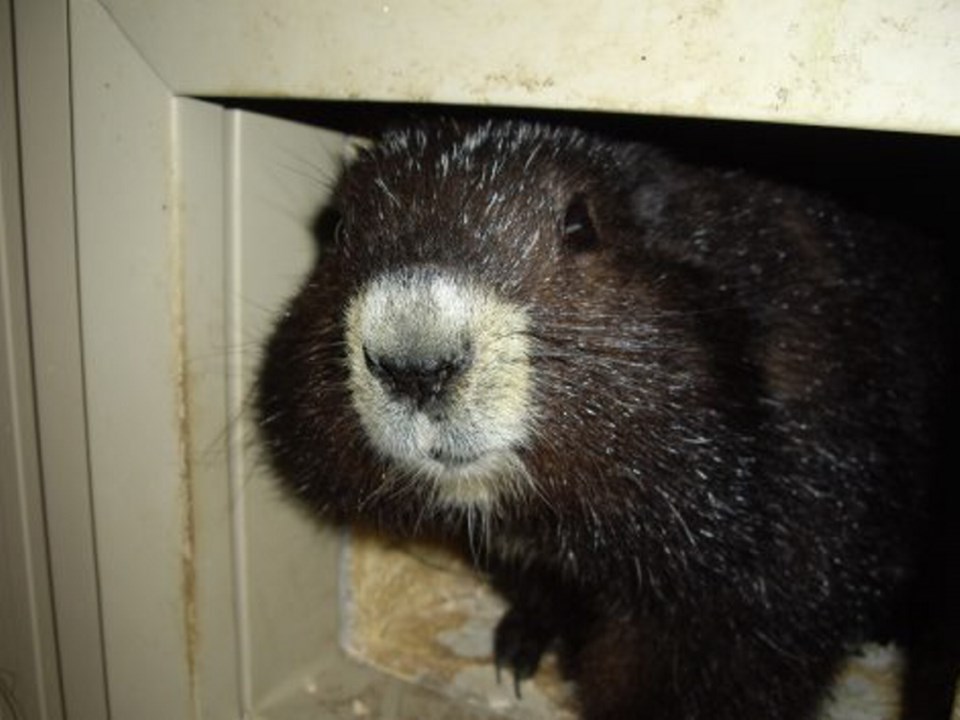Although she didn’t volunteer for the task, Harriet the marmot was one of the heroes in the effort to save her species from extinction. She died on Christmas Eve at the Calgary Zoo at the age of 14, a ripe old age for a marmot. She deserves to be remembered, not just for her species’ sake, but for ours as well.
The 91ԭ�� Island marmot is one of the world’s rarest animals. In 1997, only about 30 of them were left, so young 91ԭ�� Island marmots were trapped to become part of a captive breeding program.
Harriet was one of those pups who helped keep the species from disappearing. She was the oldest 91ԭ�� Island marmot in captivity, and the last of the first group brought in for the breeding program.
Now numbering 54, those captive breeders have weaned 566 pups, 477 of which have been released into the wild. As a result, the wild population has grown. The Marmot Recovery Foundation estimates that 250 to 300 marmots live on 28 mountains.
Biologists say that at least 25 animals are required to maintain a healthy gene pool, so those numbers are good news, but the species is far from being out of danger. The target of the recovery program was 400 to 600 animals living in the wild. A bad winter or two or unusually high predation could quickly reduce those numbers. The captive breeding program will continue to be vital to the marmots’ survival.
Island marmots depend on a specific kind of habitat. They can’t thrive in the forest or on rocky mountaintops, but live in small patches of south- and west-facing sub-alpine and alpine meadows, usually at an altitude above 1,000 metres in areas where occasional avalanches and winter snow prevent trees from taking root.
Their habitat is not usually threatened by the encroachment of development, as they live where humans seldom go, but climate change is a concern. Trees growing at higher altitudes, one of the effects of warmer temperatures, could crowd them out. They need the open space for the mix of food plants they require, and so they can watch for predators — they’re a favourite food of wolves, cougars and eagles.
The 91ԭ�� Island marmot is the largest of the four marmot species found in Canada (the others are the hoary marmot, the yellow-bellied marmot and the woodchuck, also known as the groundhog). It is the only marmot unique to Canada and, as its name suggests, is found in the wild only on 91ԭ�� Island.
Few 91ԭ�� Islanders and even fewer 91ԭ��s will ever see an Island marmot in the wild, but we should care about the fate of this species that is uniquely ours. The world has undergone five waves of species extinction, and scientists say human activity is hastening the sixth, at 100 to 1,000 times the rate that “natural” extinctions occurred before humans arrived. The loss of a species should be of serious concern — biodiversity is essential to health of the planet and to human well-being.
No species lives in isolation from all others. While some species are more vulnerable than others, what threatens one threatens all, sooner or later.
We owe Harriet gratitude for her role in guarding biodiversity. We should care about the well-being of her descendants, not only for the future of marmota vancouverensis, but for the future of humans as well.



